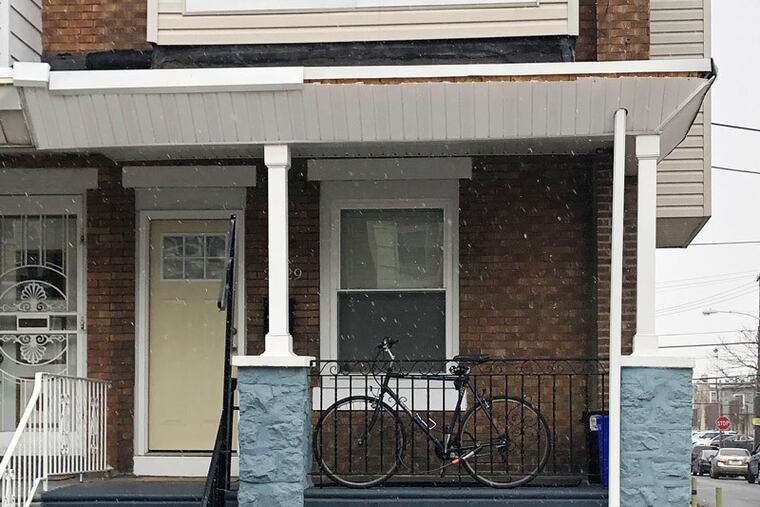Repairing the city, one house at a time | Editorial
Homes that are in disrepair with problems like leaky roofs, broken windows or broken heating don’t just impact individuals, but entire neighborhoods – and eventually, the city as a whole.

The city’s high rate of poverty is a familiar story that tends to dominate when we talk about Philadelphia’s future. But there is at least one mitigating factor that makes the city unique — and can ultimately minimize the negative impacts of our poverty problem.
Despite recent declines, the city boasts a high rate of homeownership, especially compared to other East Coast cities. And, according to a recent Pew report, Philadelphia also boasts a high percentage of low-income homeowners. It’s a double-edged sword, though, when those homeowners can’t afford to make necessary repairs to their homes. As anyone who owns a home knows, small problems only get bigger if left unfixed.
The city has for years offered a grant program for low-income homeowners to do repairs to basic systems. The waiting list always has been long. This week, the city announced it is going a step further and launching a loan program for low-income homeowners to do repairs.
Under the Restore, Repair, Renew program championed by council members Darrell L. Clarke and Cherelle L. Parker, select lenders will offer 10-year loans at 3 percent fixed interest rate; the loans will range from $2,500 to $24,999. The Philadelphia Redevelopment Authority has issued bonds and will use the proceeds to buy the loans outright from the banks. They will administer the program, which also provides borrowers with financial guidance. Similar programs in other cities found very low default rates on the loans.
Homeowners with credit scores of 580 and above are eligible. That’s significant because homeowners with scores below 660 find it difficult if not impossible to get a loan on the private market. In fact, a recent report from the Philadelphia Federal Reserve found that 74 percent of city homeowners applying for a loan to repair their houses were denied.
In Philadelphia, another report from Healthy Rowhouse, a program designed to improve housing conditions, found that of 24,000 homeowners applying for home-repair loans between 2012 and 2014, 62 percent were denied.
Homes with such problems as leaky roofs, broken windows, or broken heating don’t just impact individuals, but entire neighborhoods — and eventually, the city as a whole. That’s why the city’s involvement in the loan program makes sense: It stands to gain the most by helping to stabilize homes in disrepair. A stabilized home is a more valuable home — and that allows homeowners to build wealth.
Houses in need of repair also can cause health issues, especially among children and seniors. Leaks can cause mold, for example, which comes with a host of health problems.
It’s not as if most repairs are complicated problems, either: According to data supplied by Healthy Rowhouse, which is part of Clarifi, one of the nonprofits managing the program, the majority of health-related repairs can be done for under $10,000.
Philadelphia is seeing rising housing prices squeezing out many long-time residents. For many, the most affordable house is the one they already live in. The loan program can help make it the safest house, too.